Plant-Based Super Foods
Recent scientific studies reveal one important fact regarding our nutrition: Cruciferous vegetables and dark leafy greens are the most nutritious foods on the planet Earth. Yes, these vegetables are nothing but only nutrients and water. Among the fruits, citrus fruits and berries provide a wholesome nutrition to human body. So if you are looking for a healthier lifestyle, start today to include one or more of these foods in your daily diet.
As per the Food and Agriculture Organization of the United Nations, an adult human being requires 17 essential nutrients on daily basis for healthy functioning of the body. These are, Protein, Fiber, Calcium, Iron, Potassium, Zinc, Vitamin C, Thiamin, Riboflavin, Niacin, Vitamin B-6, Vitamin B-12, Folate/ Vitamin B-9, Vitamin A, Vitamin E(alpha-tocopherol), Vitamin K (phylloquinone), and Vitamin D.
Recently some researchers at the William Paterson University, New Jersey conducted researches on the nutrient density of about 47 plant-based foods and their findings reveal that dark leafy greens and cruciferous vegetables are the most nutrient-dense foods that are available for the humans today. According to their research, the the most nutrient-dense foods based on their nutrient density are: “Watercress, Chinese cabbage, Chard or Swisschard, Beet greens, Spinach, Chicory, Leaf lettuce, Parsley, Romaine lettuce, Collard green, Turnip green, Mustard green, Endive, Chive, Kale, Dandelion greens, Arugula, Broccoli, Pumpkin, Brussels sprouts, Scallions and Spring Onions, Kohlrabi, Cauliflower, Cabbage, Carrot, Tomato, Lemon, Iceberg lettuce, Strawberry, Radish, Oranges, Limes, Grapefruits (pink and red), Rutabaga, Turnip, Blackberry, Leeks, Sweet potato and Grapefruit (white). ”
As you see, the No.1 super food is watercress. It is the highest nutrient-dense foods among the studied fruits and vegetables. I am sure most of us are not very familiar with watercress. So let us have some detailed information about watercress here.
What is Watercress?
Scientific name of watercress is Nasturtium officinale. Watercress belongs to the family Brassicaceae, the cabbage family (syn. Cruciferae). In other words, watercress is a Brassica vegetable or a cruciferous vegetable. All Brassica vegetables are biennial in their growing habit but for food purposes they are grown as annuals. Brassica vegetables believed to be originated in the region comprising of Western Europe, the Mediterranean region and the temperate regions of Asia
As the name indicates, watercress is a water-loving plant and grows well in an aquatic environment. Watercress is a perennial herbaceous plant with a trailing growth habit and it is mainly grown as a leaf vegetable.
Health Benefits of Watercress: Watercress consumption can prevent lifestyle diseases such as cancer and diabetes. It also prevents indigestion and scurvy. A detailed account of health benefits of watercress is as given below:
Watercress is rich in Dietary Fiber: 100 g edible portion of watercress leaves contain 0.5g of dietary fiber. Dietary fiber is good for human body. High fiber foods is good for weight loss as they take long time to get digested and also make you feel full for a long period of time. High fiber food aids in digestion, cures constipation, lowers blood cholesterol, cleanses the gastrointestinal tract and may reduce the risk of developing diabetes and colorectal cancer.
Watercress is rich in Vitamin A: It is essential for eye health and also for strengthening body’s natural immune system. Vitamin A is also essential for tissue building, and skin health. Vitamin A Deficiency results in night blindness, and drying of skin and eyes.
Watercress is rich in Vitamin C: It is a powerful antioxidant vitamin. Vitamin C helps in absorption of iron and calcium. It increases body’s natural immunity. Vitamin C deficiency results in a disease called scurvy. Major symptoms of scurvy are bleeding gum, joint pain, and hair loss.
Watercress is rich in Iron: Iron is essential for RBC (red blood cell) formation and transfer oxygen between the tissues and within the blood. Red colour of blood is due to the presence of iron in it. Iron is essential for increasing body immunity and also for the synthesis of neurotransmitters. Iron deficiency results in anaemic appearances, increase in heart rate and breathing, poor immune system, yellowing of the body and severe headaches.
Watercress is rich in Iodine: Iodine is essential for the synthesis of thyroid hormone and protects against goiter. Iodine also acts as an anti-oxidant. Iodine deficiency results in reduced production of thyroid hormone resulting in goiter, fatigue, reduced growth and increase in weight
Watercress is rich in Calcium: Major functions of Ca are blood clotting, nerve impulse and muscle contraction, and protection of bones from thinning. Calcium promotes bone health and teeth health. Calcium deficiency results in weakening of bones, rickets in children, tooth decay and pains in legs and back of the body.
Food Uses: Young tender leaves of watercress are used as a leafy vegetable. Leaves are serrated and with a mild spicy flavour. Leaves are cooked just like any other leafy Brassica vegetable such as kale leaves, seakale and broccoli leaves.
Growing Watercress in Kitchen Gardens: Watercress is a sun-loving plant and hence plenty of sunlight is needed for its healthy growth. Flowing water in an aquatic environment is the most ideal situation for growing watercress plants. However, watercress can be grown in garden soils too. Both seed propagation and vegetative propagation is practiced while growing watercress. For vegetative propagation, root cuttings are used. Seeds are sown by broadcasting in well-prepared nursery beds. Seeds germinate within 10 days of sowing. Thinning is practiced to provide sufficient space for the seedlings to grow healthy. Seedlings are transplanted in the main beds/fields at a spacing at least 15 cm between plants. Transplanting is done when they are 3-4 weeks old. Plant beds should always be kept weed-free. If plants are grown in garden soils, regular watering is recommended. Try to delay flower production/blooming as long as possible. Flower production may affect the vegetative growth of plants. Whenever white flowers appear on the plants, it should be plucked off immediately. Tender, young leaves of the plants are harvested by using a sharp knife. Harvesting can be done continuously as and when new shoots emerge. Maximum 3-4 harvests can be done before the crop matures. Mature leaves are not suitable for cooking purposes as its taste is not palatable.


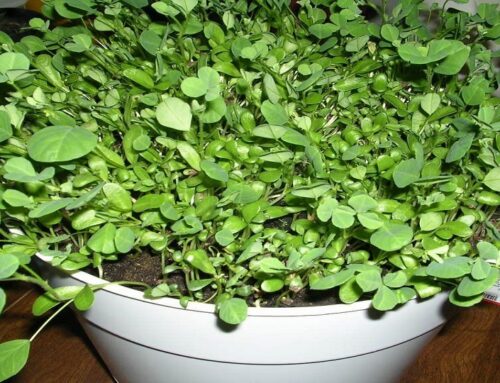
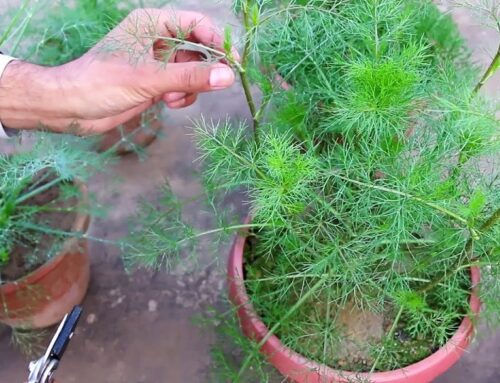
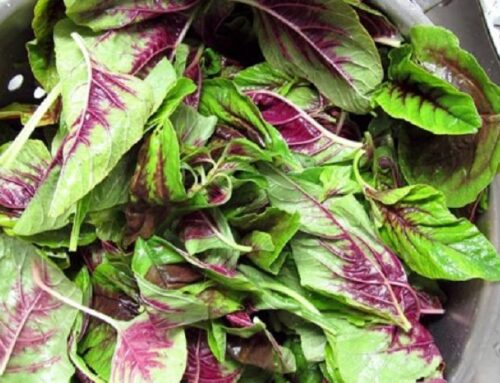
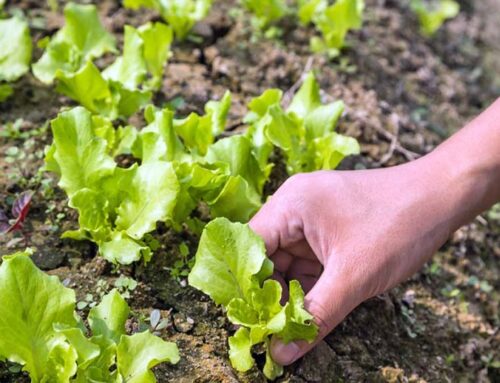
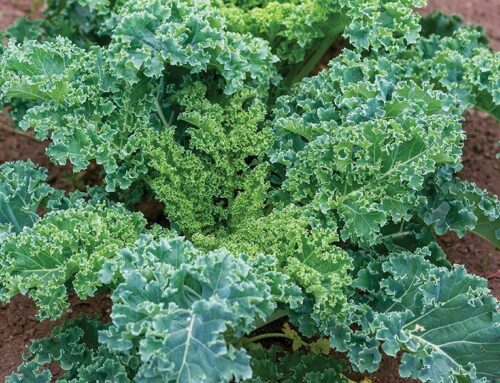
Leave A Comment
You must be logged in to post a comment.